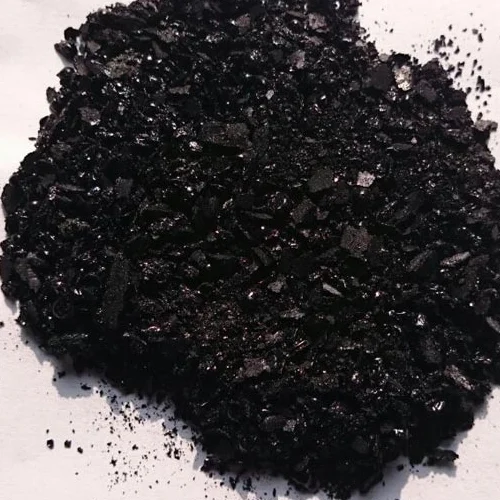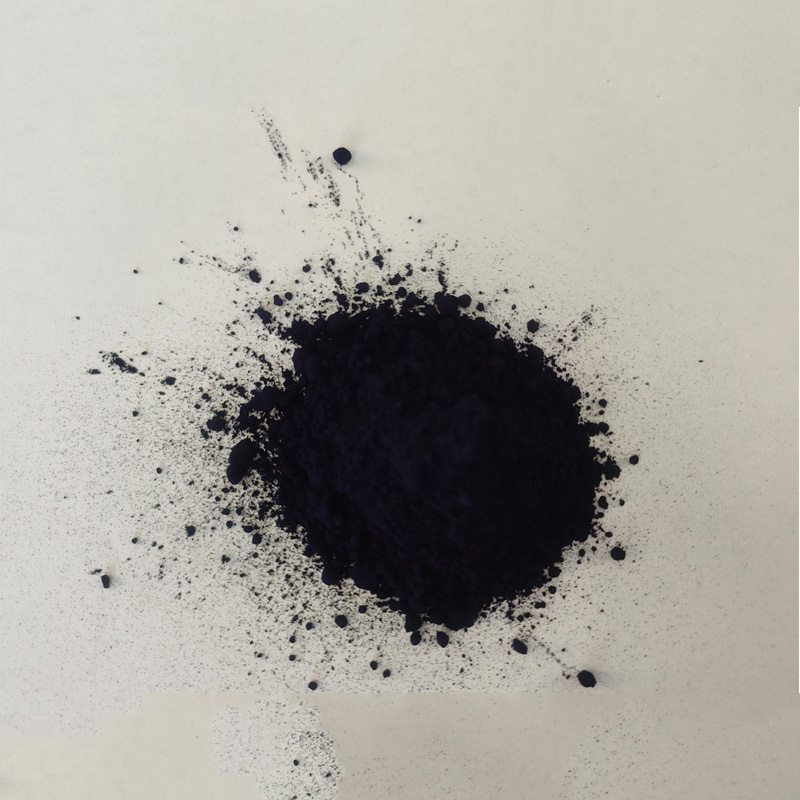light indigo color company


In minerals, the discovery of high-quality indigo hues can elevate the intrinsic value of natural stones and crystals. The rare indigo-colored sapphire, known for its captivating depth and beauty, draws significant interest from jewelers and gemologists. Professional expertise in evaluating the quality, authenticity, and origin of such stones is crucial. Sharing firsthand experiences and knowledge about mining locations, extraction processes, and ethical sourcing practices enriches community trust and respect for those in the profession. Ensuring the accuracy of their evaluations not only satisfies industry standards but also enhances consumer confidence in their crafted jewelry pieces. Fostering an understanding of how indigo can manifest across such diverse natural domains deepens our appreciation of this color and its mystique. However, consistent engagement with new findings and techniques is necessary to remain authoritative and trustworthy. By sharing authentic experiences backed by professional expertise, individuals can craft a unique narrative that resonates with a wide audience. As explorers of natural beauty, staying informed about the sustainability and environmental impact of our interactions with nature helps maintain the trust people place in professionals advocating for these exquisite manifestations. The meticulous documentation of genuine experiences and advancements not only fortifies personal standing in respective fields but also enriches the collective knowledge around the mysterious and alluring indigo color in nature.
-
Thermal Stability Analysis of Bromo Indigo Pigments
NewsJun.06,2025
-
Sulphur Black Dye Oxidation Process Optimization
NewsJun.06,2025
-
Lightfastness Testing of Bromo Indigo Dyed Denim
NewsJun.06,2025
-
Granule Size Distribution and Jeans Color Uniformity
NewsJun.06,2025
-
Gradient Dyeing Methods with Indigo Blue Granules
NewsJun.06,2025
-
Dyeing Temperature Effects on Sulphur Black Color Fastness
NewsJun.06,2025
-
Sulphur Black Dyes in Daily Use
NewsMay.07,2025

Sulphur Black
1.Name: sulphur black; Sulfur Black; Sulphur Black 1;
2.Structure formula:
3.Molecule formula: C6H4N2O5
4.CAS No.: 1326-82-5
5.HS code: 32041911
6.Product specification:Appearance:black phosphorus flakes; black liquid

Bromo Indigo; Vat Bromo-Indigo; C.I.Vat Blue 5
1.Name: Bromo indigo; Vat bromo-indigo; C.I.Vat blue 5;
2.Structure formula:
3.Molecule formula: C16H6Br4N2O2
4.CAS No.: 2475-31-2
5.HS code: 3204151000 6.Major usage and instruction: Be mainly used to dye cotton fabrics.

Indigo Blue Vat Blue
1.Name: indigo blue,vat blue 1,
2.Structure formula:
3.Molecule formula: C16H10N2O2
4.. CAS No.: 482-89-3
5.Molecule weight: 262.62
6.HS code: 3204151000
7.Major usage and instruction: Be mainly used to dye cotton fabrics.

